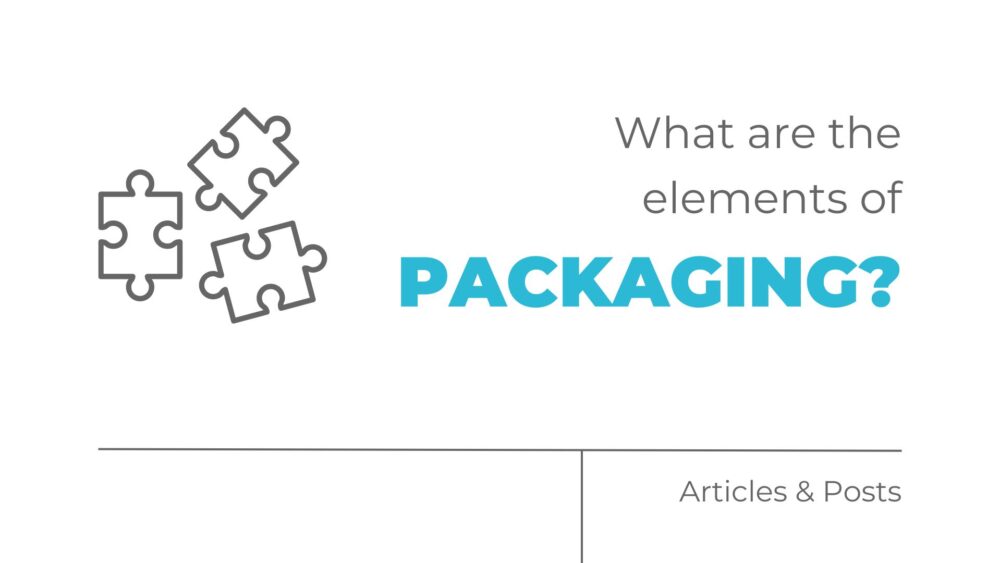We keep saying it, but it’s so true we can’t ignore it.
Packaging is more than just a container.
It’s a powerful tool that communicates your brand identity, attracts customers, and protects your product.
What are the elements of packaging?
The elements of packaging include visual appeal, functionality, brand storytelling, and differentiation.
As you embark on this journey, it’s essential to understand these key elements of packaging design that will help you make a lasting impression on your audience and stand out on the shelves.
Elements of Packaging Design
Visual Appeal:
The visual appeal of your packaging is the first thing that catches the eye of potential customers.
It encompasses elements such as color, typography, imagery, and overall design aesthetic.
Imagine walking down the aisle of a grocery store – which products grab your attention?
Chances are, it’s the ones with bold colors, striking imagery, and clear branding.
For example, let’s say you’re launching a new line of organic snacks.
Your packaging design might feature vibrant green hues, images of fresh produce, and clean, modern typography to convey the natural and healthy qualities of your product.
Functionality:
While aesthetics are important, functionality should not be overlooked.
Your packaging design should not only look good but also serve its purpose effectively.
Consider factors such as ease of use, durability, and convenience for the customer.
For example, think about a company that sells electronics.
Their packaging not only needs to be visually appealing but also sturdy enough to protect delicate devices during shipping and handling.
Incorporating features like secure closures and easy-open mechanisms can enhance the overall user experience.
Brand Storytelling:
Your packaging is an opportunity to tell your brand’s story and connect with your audience on a deeper level.
Through carefully crafted messaging and imagery, you can convey the values, mission, and personality of your brand.
Imagine a skincare brand that prides itself on using natural ingredients sourced from sustainable farms.
Their packaging design might include imagery of lush landscapes, along with messaging that highlights their commitment to environmental conservation and ethical sourcing practices.
Differentiation:
In a crowded marketplace, differentiation is key to standing out from the competition.
Your packaging should communicate what sets your product apart and why consumers should choose it over others.
This can be achieved through unique design elements, innovative packaging formats, or exclusive features.
Consider a company launching a new line of artisanal chocolates.
To differentiate themselves from mass-produced brands, they might opt for handcrafted packaging adorned with intricate illustrations and embossed logos.
This not only adds a touch of luxury but also communicates the premium quality of their products.
At the End of the Day
At MOCK the agency, we understand the intricate elements involved in packaging design, from branding to graphic design, advertising, and marketing.
Our Atlanta team of experienced professionals can help you create packaging that not only looks great but also effectively communicates your brand message and resonates with your target audience.
Let us partner with you on your journey to packaging success.


Comments are closed.